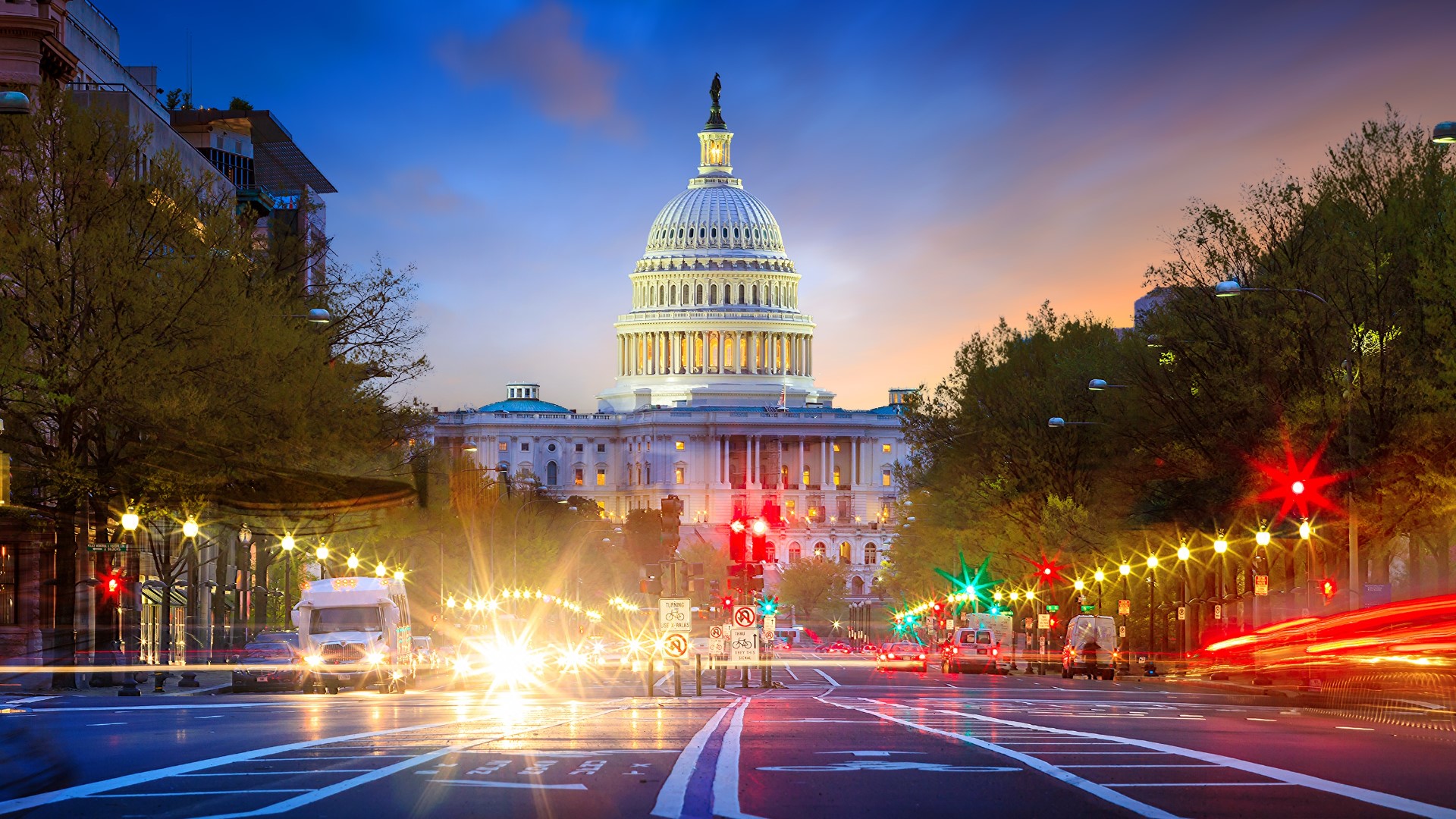How long do government shutdowns last and who's impacted?
What was once a quick turnaround for reopening the federal government has more recently become a much longer waiting game.

The federal government appears to be sprinting toward a government shutdown as Congress has not yet agreed on a budget to fund the government going forward.
The shutdown is expected to cause chaos for the many federal workers living in D.C. and the region. If a deal isn't reached in Congress by the end of the month, starting at midnight on Oct. 1, the federal government will shut down and paychecks to federal workers will stop going out, including members of the military.
Federal workers considered essential will have to report to work, but they will not be paid for their work until after a deal is reached to reopen the government. Non-essential federal workers and government contractors won't be so lucky. They'll face furloughs while the government is closed.
Who does a government shutdown affect?
Millions of federal workers face delayed paychecks when the government shuts down, including many of the roughly 2 million military personnel and more than 2 million civilian workers across the nation.
Nearly 60% of federal workers are stationed in the department of Defense, Veterans Affairs and Homeland Security.
Federal workers are stationed in all 50 states and have direct interaction with taxpayers – from Transportation Security Administration agents who operate security at airports to Postal Service workers who deliver mail.
Some federal offices will also have to close or face shortened hours during a shutdown.
Beyond federal workers, a shutdown could have far-reaching effects on government services. People applying for government services like clinical trials, firearm permits and passports could see delays.
Businesses closely connected to the federal government, such as federal contractors or tourist services around national parks, could see disruptions and downturns. The travel sector could lose $140 million daily in a shutdown, according to the U.S. Travel Industry Association.
Lawmakers also warn that a shutdown could rattle financial markets. Goldman Sachs has estimated that a shutdown would reduce economic growth by 0.2% every week it lasted, but growth would then bounce back after the government reopens.
Others say the disruption in government services has far-reaching impacts because it shakes confidence in the government to fulfill its basic duties. The U.S. Chamber of Commerce warned, “A well-functioning economy requires a functioning government.”
How long does a government shutdown last?
There is no fixed time for a shutdown; it will be a waiting game until Congress comes to an agreement on funding measures for the government. But past shutdowns may give us some insight on what to expect.
Impact from funding gaps began in the 1980s when it was decided the federal government shouldn't be allowed to stay open when there's no funding agreement in place.
The shutdowns used to be short-lived, but more recently, shutdowns have gone on longer as Congress fights it out. The very first official shutdown lasted two days while Ronald Reagan was president, and the longest shutdown, under President Donald Trump, lasted 34 days.
Here's a breakdown of government shutdowns by year. Note: Some years had more than one that weren't directly related, so we've combined those together.
The Associated Press and CBS News contributed to the reporting of this story.
WATCH NEXT: DC unemployment services braces for influx in claims in the event of government shutdown


